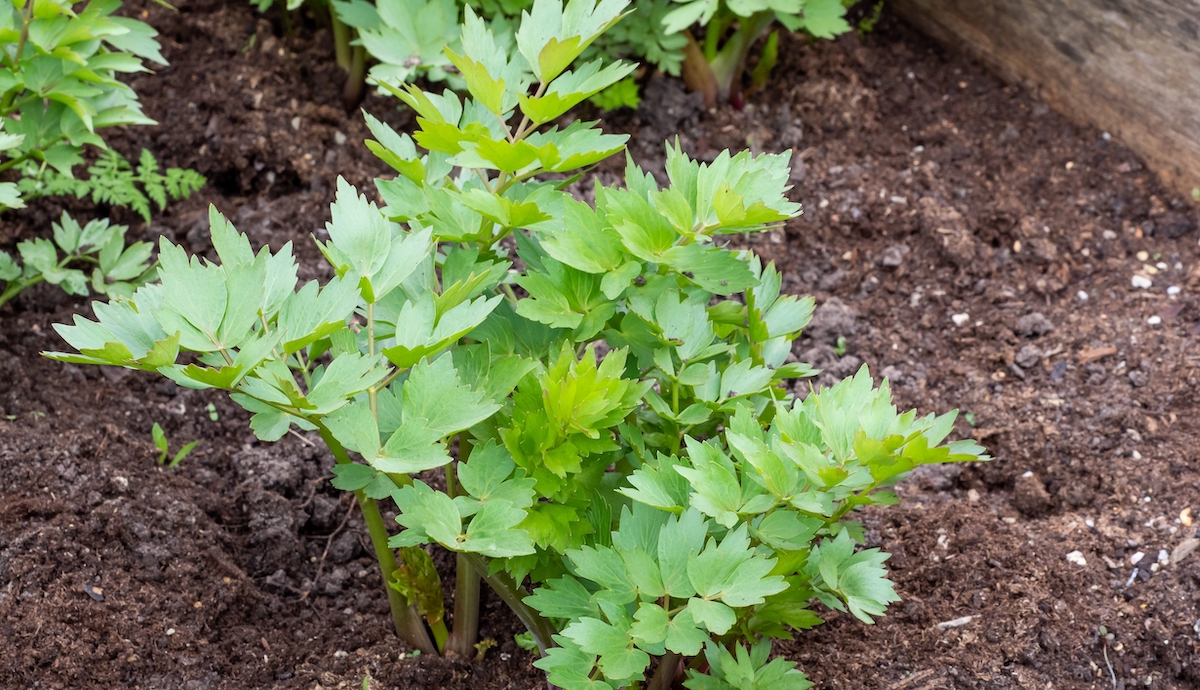
Caption
Harvesting the herb lovage (levisticum officinale)
Photo Credit
VH-studio/Shutterstock
Botanical Name
Levisticum officinale
Plant Type
Soil pH
Bloom Time
Flower Color
Subhead













Comments